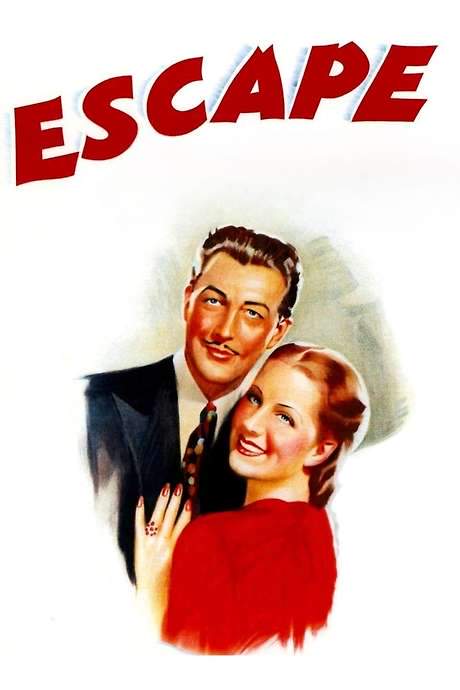
The Glass Wall
Year: 1953
Runtime: 82 mins
Language: English
Director: Maxwell Shane
Peter Kuban, a Hungarian refugee who jumped ship in New York harbor, faces deportation unless he can locate Tom, the ex‑GI he saved, whose testimony can prove Kuban’s lawful entry. The ten‑hour hunt throws the city into chaos. He has ten hours; if Tom isn’t found within 24 hours he’ll be branded a fugitive and lose U.S. citizenship, a manhunt.
Warning: spoilers below!
Haven’t seen The Glass Wall yet? This summary contains major spoilers. Bookmark the page, watch the movie, and come back for the full breakdown. If you're ready, scroll on and relive the story!
Timeline & Setting – The Glass Wall (1953)
Explore the full timeline and setting of The Glass Wall (1953). Follow every major event in chronological order and see how the environment shapes the story, characters, and dramatic tension.
Last Updated: October 04, 2025 at 15:25
Main Characters – The Glass Wall (1953)
Meet the key characters of The Glass Wall (1953), with detailed profiles, motivations, and roles in the plot. Understand their emotional journeys and what they reveal about the film’s deeper themes.
Last Updated: October 04, 2025 at 15:25
Major Themes – The Glass Wall (1953)
Explore the central themes of The Glass Wall (1953), from psychological, social, and emotional dimensions to philosophical messages. Understand what the film is really saying beneath the surface.
Last Updated: October 04, 2025 at 15:25
Unlock the Full Story of The Glass Wall
Don't stop at just watching — explore The Glass Wall in full detail. From the complete plot summary and scene-by-scene timeline to character breakdowns, thematic analysis, and a deep dive into the ending — every page helps you truly understand what The Glass Wall is all about. Plus, discover what's next after the movie.
The Glass Wall Summary
Read a complete plot summary of The Glass Wall, including all key story points, character arcs, and turning points. This in-depth recap is ideal for understanding the narrative structure or reviewing what happened in the movie.

Similar Movies to The Glass Wall
Discover movies like The Glass Wall that share similar genres, themes, and storytelling elements. Whether you’re drawn to the atmosphere, character arcs, or plot structure, these curated recommendations will help you explore more films you’ll love.
Explore More About Movie The Glass Wall
The Glass Wall (1953) Plot Summary & Movie Recap
The Glass Wall (1953) Scene-by-Scene Movie Timeline
The Glass Wall (1953) Spoiler-Free Summary & Key Flow
Movies Like The Glass Wall – Similar Titles You’ll Enjoy
Die Mauer – Berlin ’61 (2006) Full Summary & Key Details
The Man on the Wall (1982) Ending Explained & Film Insights
Das Glaszimmer (2020) Full Summary & Key Details
The Glass Cage (1964) Complete Plot Breakdown
The Looking Glass War (1970) Story Summary & Characters
Man on a Tightrope (1953) Story Summary & Characters
The Man in the Glass Booth (1975) Movie Recap & Themes
The Glass Cell (1978) Plot Summary & Ending Explained
I Escaped from the Gestapo (1943) Story Summary & Characters
High Wall (1947) Complete Plot Breakdown
Border Street (1948) Plot Summary & Ending Explained
Escape (1940) Ending Explained & Film Insights
The Wall - The Final Days (1000) Full Summary & Key Details
The Seventh Cross (1944) Story Summary & Characters
The Glass Agency (1998) Full Movie Breakdown

















